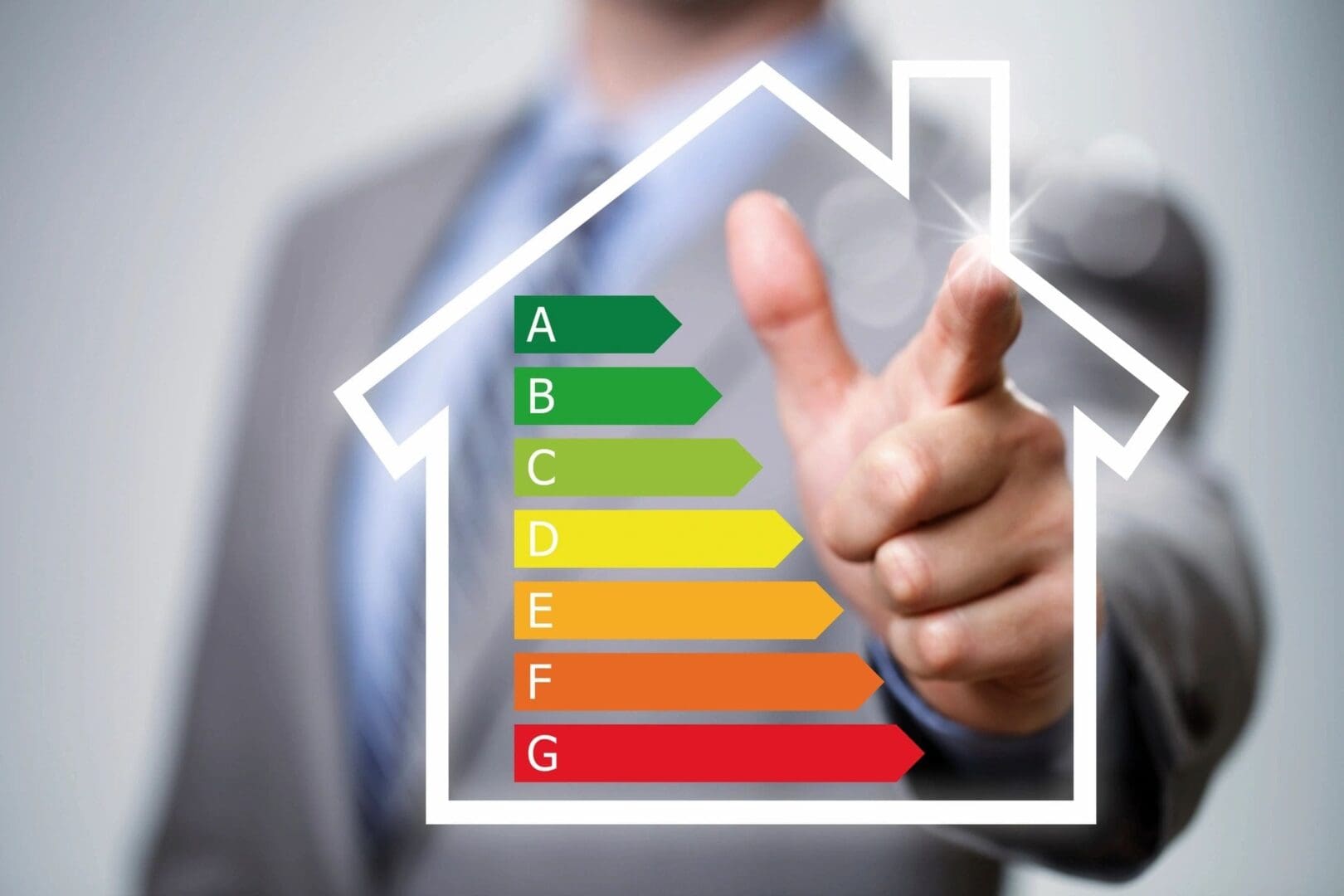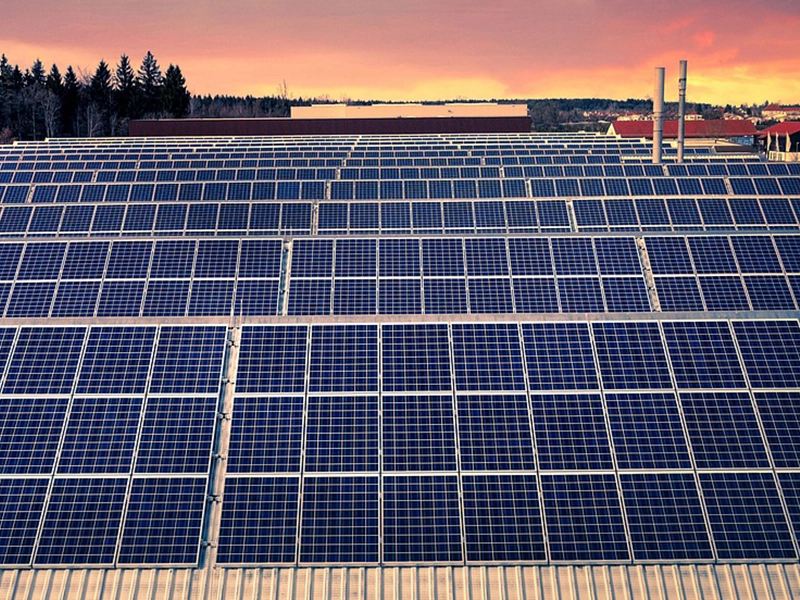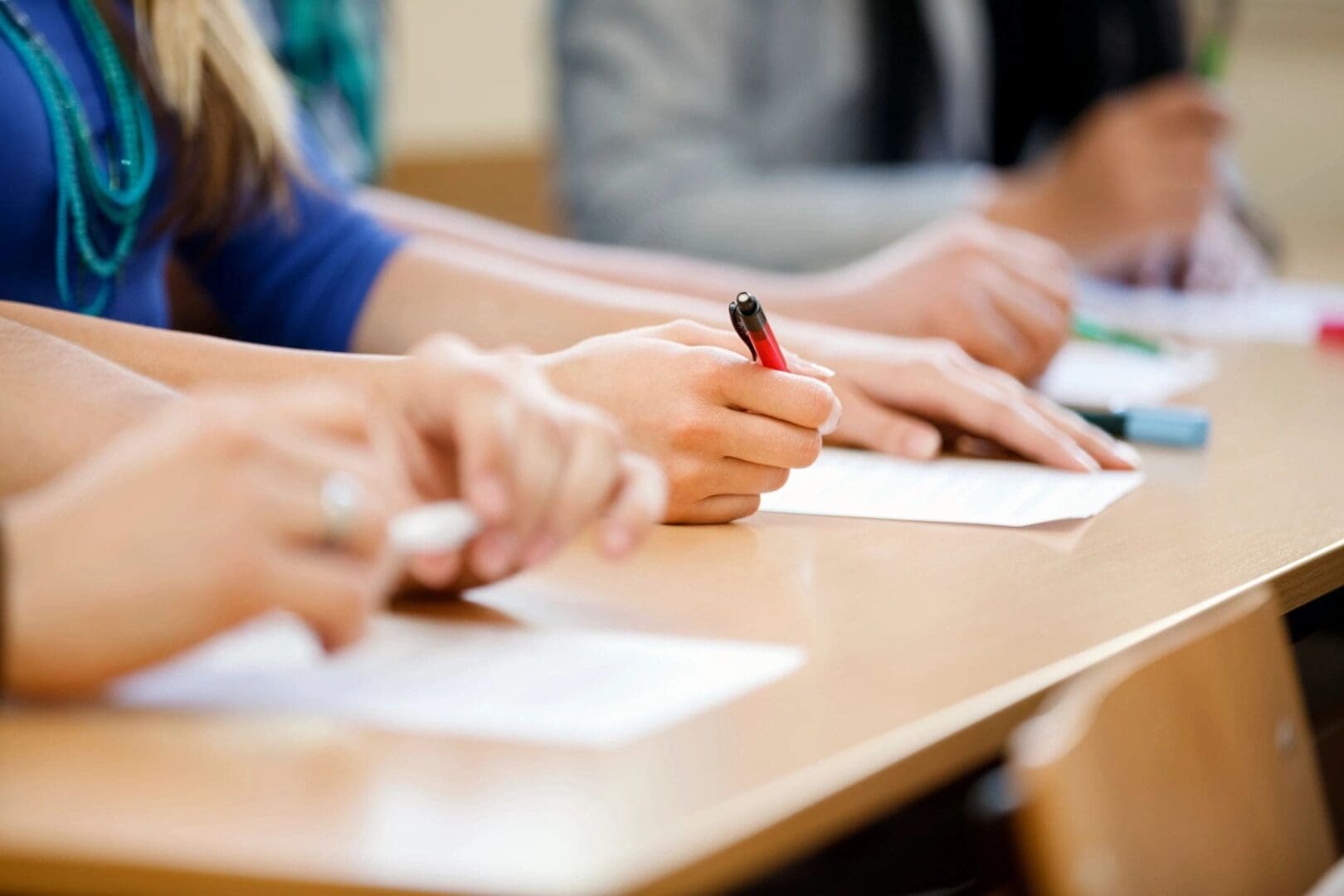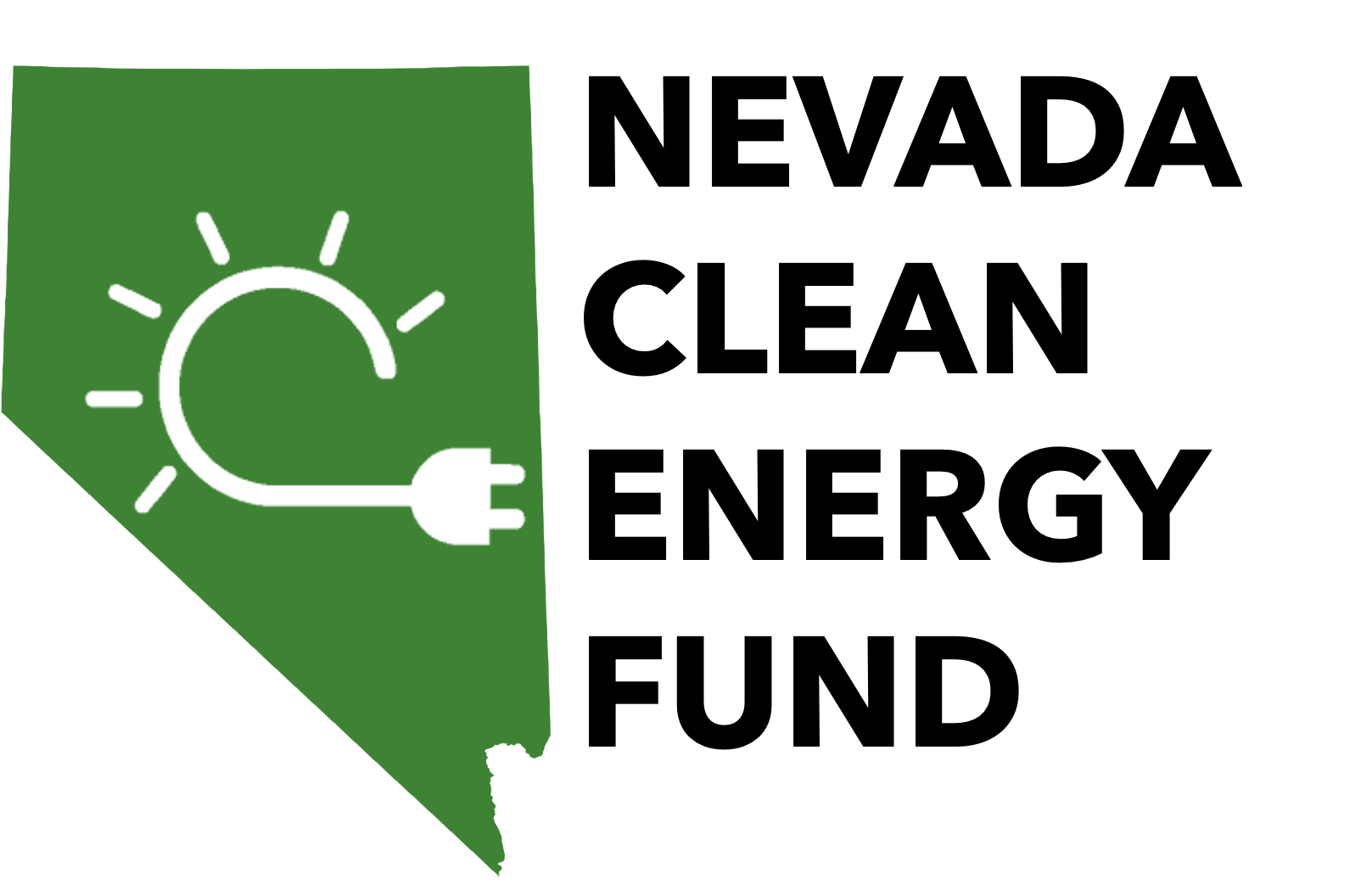Clean Energy Resources for Schools

Energy Efficiency
The nation's K-12 schools spend more on energy than on computers and textbooks combined. As much as 30% of a school's total energy is used inefficiently. Energy efficiency offers the potential to redirect significant savings back to educating students while establishing a safe, healthy, and productive learning environment.

Clean Energy
In addition to bus electrification and energy efficiency, schools can transition their electricity supply from primarily fossil fuel resources to renewable and low-carbon energy resources, such as solar, geothermal, and biomass. The US EPA's Green Power Partnership provides resources on how to source green power.

Sustainability Education
Developing K-12 education centered around energy efficiency, sustainability, and Science, Technology, Engineering, Art, and Math (STEAM) career development can have positive ripple effects on student's lives, on Nevada's economy, and ultimately, the world. Local non-profit Envirolution is a great resource for educators.
